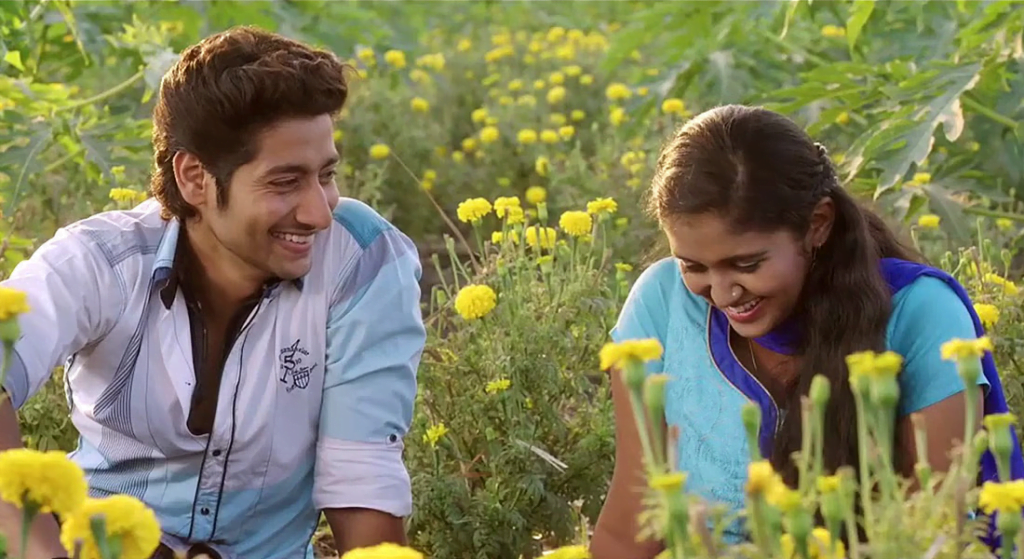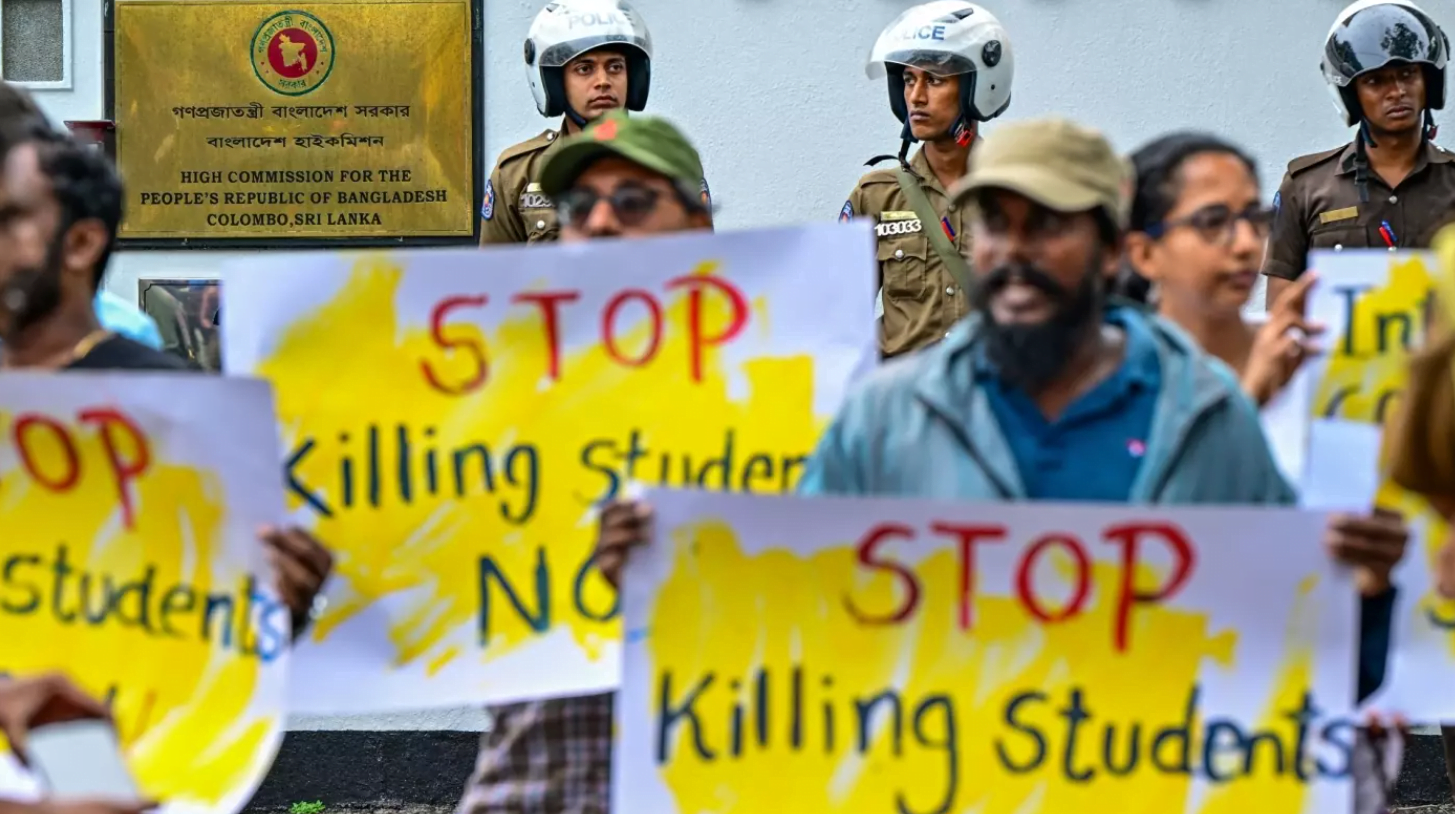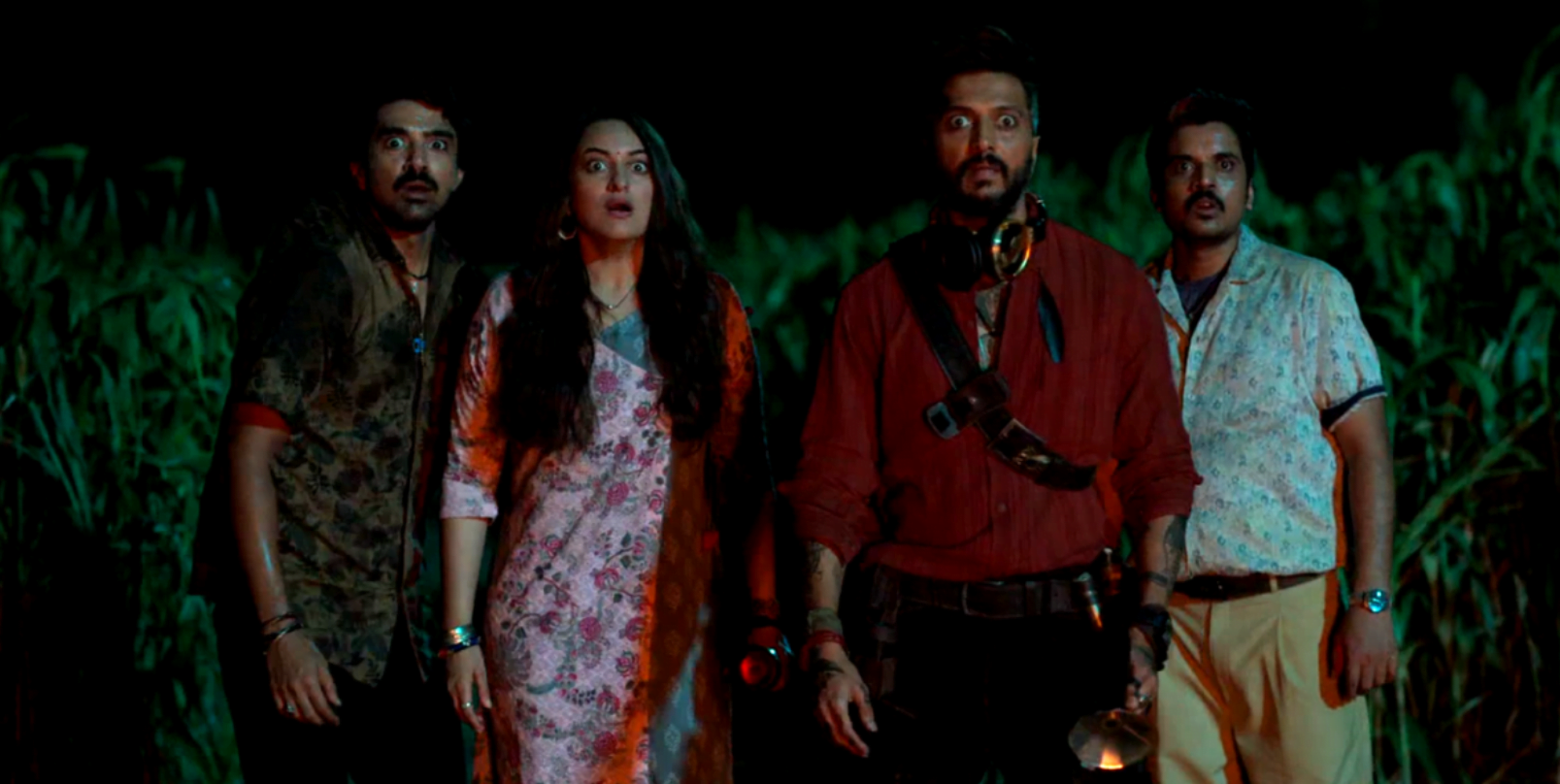Activists and political leaders alike regard education as a means to subvert unjust social hierarchies that have traditionally created power imbalances in society. This includes gender, class, and especially caste.
A renowned social reformer and Dalit rights activist, Dr. Babasaheb Ambedkar famously argued that access to quality education can be a powerful method to induce the destruction of the caste system.
Barabri ki pathshala
For Ambedkar, access to education was a primary step to dismantling the intricate working of the caste system. Education provides Dalit communities with an opportunity to subvert traditional sources of employment that are intrinsically linked with how caste functions in India. Education thus embodies the escape route from the centuries-old caste-based division of labour that allowed upper-caste communities to enjoy an accumulation of power.
Ambedkar believed that educated individuals further held the power to recognise social evils and mobilise the rest of their communities to collectively fight for correctional justice.
Via access to higher education, Dalit communities are opened up to new means of livelihood and employment, often those that afford higher pay, thereby inducing collective upward mobility for Dalit families. Moreover, Ambedkar believed that educated individuals further held the power to recognise social evils and mobilise the rest of their communities to collectively fight for correctional justice.
Therefore, the relationship between caste and education ties the two concepts closely with one another. Much of cinema and literature has dealt with their tenuous relationship. Aarakshan, a 2011 Bollywood film starring Amitabh Bachchan, Deepika Padukone, and Saif Ali Khan discussed the relevance of caste-based reservations in today’s society and the importance of equity when it came to educational access.
Much more subtle, however, the 2016 Marathi film, Sairat, perhaps does an even better job of thinking about the rather complicated relationship between caste and education.
Scripting caste
Sairat begins with Parshya Kale, the son of a lowered-caste fisherman falling in love with Archana Patil, the daughter of an upper-caste local politician. Though initially the love is unrequited, Archi slowly beings to fall for Parshya, before the tenuous caste relationships in the village interrupt their budding love story. At the risk of their lives, the two run away and carve a new, impoverished life in a bigger city that promises anonymity.
At first, things are rough for the couple. Archi, who is used to the lavish ways of a rich and influential family, is frustrated by the newfound slum life she must endure. On the other hand, Parshya overtly senses her unhappiness with the situation, but misunderstands it as infidelity. As they grow and mature together, however, Parshya and Archi find a good rhythm together, eventually buying a house of their own, officially getting married, and starting a family.

Archi attempts to reconcile with her family, who she misses every day, even as years pass. While her mother is receptive and willing to overlook the politics of caste purity, the father remains resolute. He sends his younger son Prince to avenge the family’s honour, who visits the runaway couple on the pretext of reconciliation. Caught off guard, Parshya and Archi welcome the party into their home, serving them tea and snacks. Instead of the happy reunion that Archi expects, the brother brutally kills his older sister and her husband, only for the toddler to find his parents’ bloody corpses on the kitchen floor.
Caste and egalitarian classrooms in Sairat
As central as caste is to the entire story, its relationship to education is an equally important stream of thought. While Parshya is hyper-aware of Archi’s presence, she only regards him as a local village boy in passing. Caste remains a poignant barrier between the two individuals to be placed on equal footing.
Instead, Parshya resorts to hiding amongst the stalks of sugarcane that line the Patil family fields all in a bid to catch a mere glimpse of Archi. The boy, on the other hand, remains largely invisible and anonymous to her perception. His face blends into multiple others like him.
The classroom then acts as a levelling device to induce figurative equality. If this classroom, in particular, can then be interpreted as a synecdoche for the education system in general, then this seems to exemplify education as an equalising tool to dismantle caste hierarchies.
Of course, up until this point, Parshya’s infatuation with Archi remains unrequited. It is only when the two of them find themselves in the same college classroom that mutual love blossoms between the two. In an academic setting, both Parshya and Archi are exposed to equivalent authoritative figures with the power to mete out similar questions and sanctions for both. Within the classroom, the teacher becomes the highest form of authority, and power distribution constitutes a student-teacher relationship.

With their mutual positions as students, Archi and parshya are finally stationed on equal footing. It is only when Archi begins to regard Parshya as an equal that the possibility of love emerges. The classroom then acts as a levelling device to induce figurative equality. If this classroom, in particular, can then be interpreted as a synecdoche for the education system in general, then this seems to exemplify education as an equalising tool to dismantle caste hierarchies.
I know something you can’t know
However, this notion is far from the complete picture. Sairat presents a nuanced take on the matter of education with regard to caste by emphasising the fact that educational systems also seem to function within the same society that is governed by the very rules it claims to subvert. The same unjust power structures that pervade society also influence educational systems since they too are a part of the larger societal fabric.
Prince Patil, who is Archi’s brother and studies in the same class as his sister, rudely interrupts the teacher’s lecture (ironically about poetry as a form of social revolt against unjust caste practices) while talking on the phone, and when reprimanded, physically assaults the teacher, then walking out of class. While Archi is disapproving of this series of events, Prince easily gets away with his stunt.
Archi’s father, an influential political figure, is easily able to influence the academic authorities. He subtly threatens the principal and the teacher, thereby influencing and subverting any disciplinary action that may have stemmed from academic authority.
Sairat presents a nuanced take on the matter of education with regard to caste by emphasising the fact that educational systems also seem to function within the same society that is governed by the very rules it claims to subvert. The same unjust power structures that pervade society also influence educational systems since they too are a part of the larger societal fabric.
In his book Discipline and Punish, French theorist Michel Foucault introduces the concept of power/knowledge. Normally, the two are understood as separate concepts, if not entirely independent— one that functions politically and the other pedagogically. However, according to Foucault, power and knowledge are so intrinsically linked to one another, that one cannot be spoken of without inciting the other.
In a bold manoeuvre then, Foucault condenses the two into one term, thereby broadening the understanding of both. Foucault argues that all knowledge is possible and takes place only within a vast network or system of power relationships that allow that knowledge to come to be, for statements accepted as “true,” in any context to be uttered, and for what counts as knowledge to be generated in the first place.
In other words, the one who holds a position of power also holds the ability to manipulate knowledge in a way to egocentrically locate truth. Education therefore becomes not the instrument of emancipation, but just another weapon for the justification of the power structure that allowed its existence.
In the context of caste, this concept underscores how entrenched hierarchies are perpetuated through selective dissemination of information and control over education. The Patil family’s ability to manipulate disciplinary outcomes exemplifies how power knowledge operates to maintain existing power structures. This intricate interplay between power and knowledge further underscores the complexity of subverting caste hierarchies solely through education.

Sairat, along with its larger commentary on the implications of caste, is therefore subtly able to point out the complexities of trying to subvert it. Most Dalit communities interpret education as the most powerful, if not the only, means of emancipation. In meting out this function, education is often also believed to possess protective functions, in trying to stimulate equality.
However, in attempting to equate the uneven caste hierarchies and unjust power relations, education should not begin to create an illusion of equality where none exists. Invisibilising caste is not the answer to the question of equality.
Caste needs to be made further visible, especially in the lives it continues to endanger in the process of its violent hierarchisation. The caste system requires full visibility, in its ugly, sordid truth: where no one is spared, regardless of belonging to an upper caste (like Archi) or lower caste (like Parshya). Only then can it be critiqued in all its subtleties, just as Sairat attempts to do?






Very interesting piece, YOU WRITE SO WELL!!!
wow… very well written. keep it up.